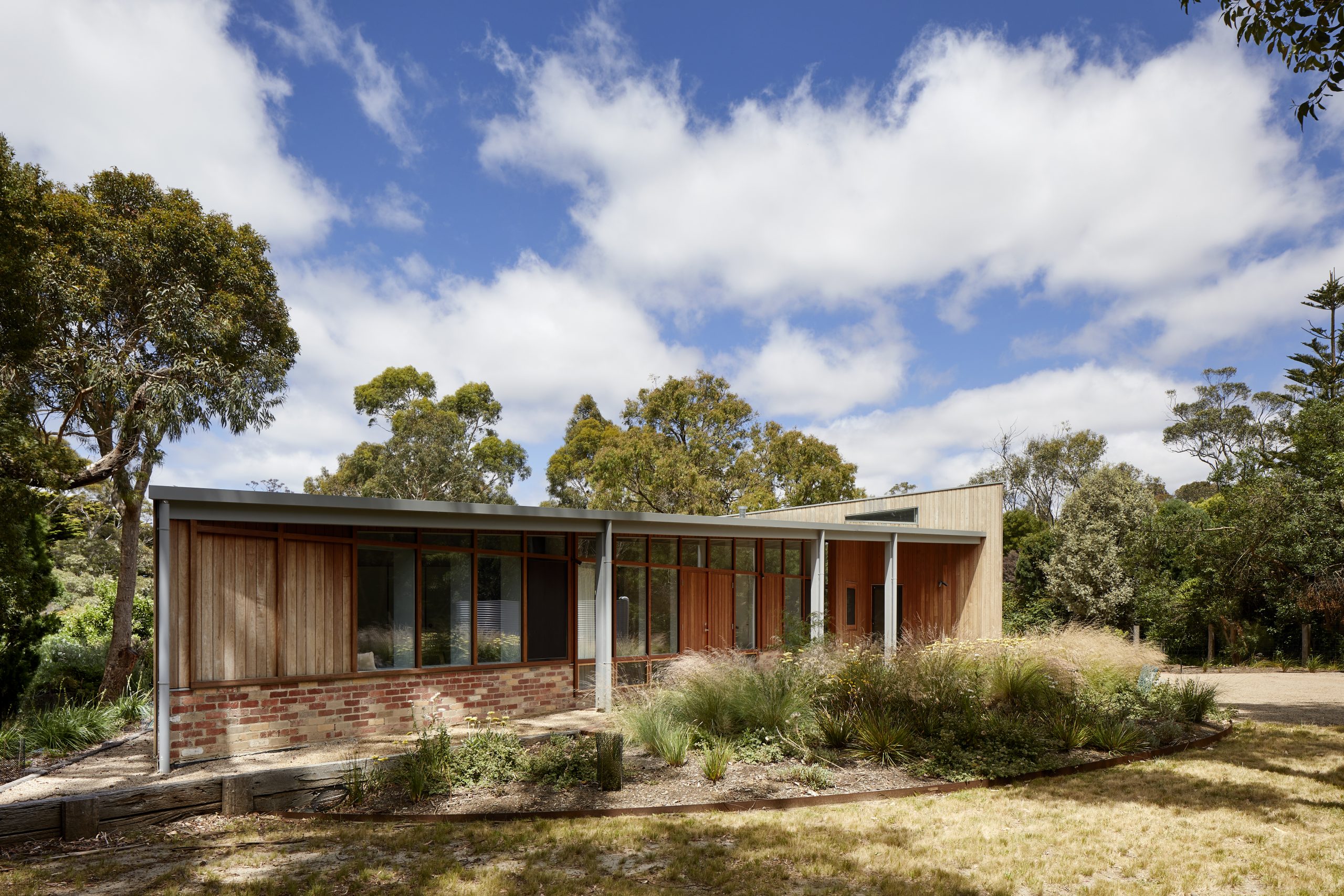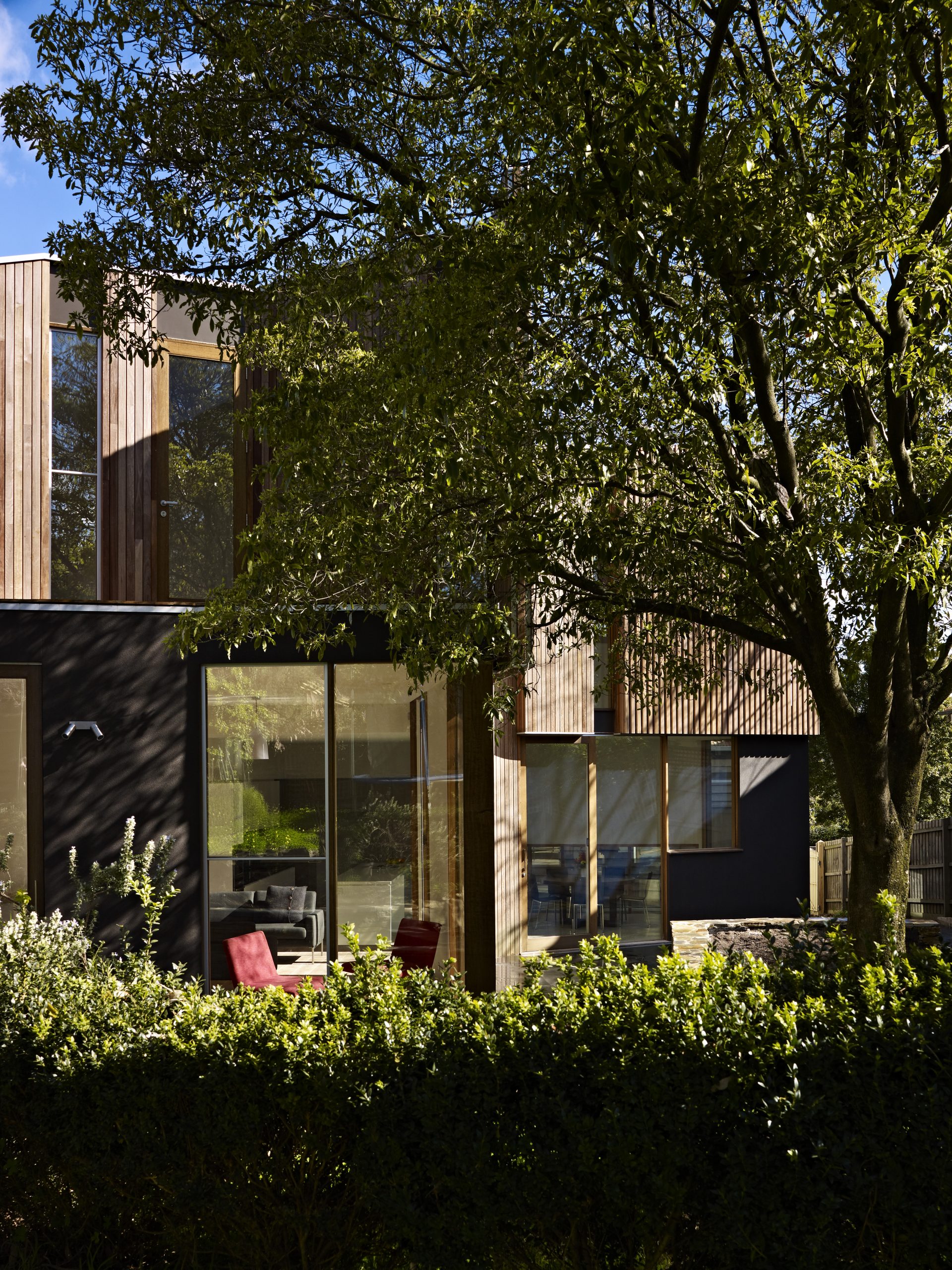Biodiversity
While biodiversity – a term used to describe the enormous variety of life on earth – has been around for thousands of years, it’s only in more recent times that people, including architects and designers, have started to pay more attention to it.
For Steffen Welsch Architects, the Western view of conquering or modifying nature is no longer appropriate for those wanting to live a fuller and more meaningful life – one where animals and plants need to be given as much consideration as human beings. And given the heated discussions about climate change, thinking about what to build, how to build and the landscape that’s integral to this approach, focusing on biodiversity needs to be a given rather than treated as an afterthought.
Biodiversity has never been considered an afterthought for architect Steffen Welsch’s approach – it is something that’s been firmly in his psyche since he initially contemplated becoming a zoologist after completing high school (but switching to architecture almost by chance). His Shoreham house, a modest dwelling for a couple who eventually plan to retire there, exemplifies a number of biodiverse principles. As well as creating a relatively modest footprint (approximately 150 square metres net), the brick and timber-clad house sits comfortably in its garden setting designed by landscape architect Jo Henry. Many of the plant species selected for this house are endemic to this coastal environment, attracting local birdlife and insects. Many of these species are as drought tolerant as they are to heavy downpours of rain, making them ideal for the extreme weather conditions faced not only by those settling on Victoria’s Mornington Peninsula, but people wanting a better future worldwide.


While a well-designed garden using local species improves the ecosystem and attracts birdlife, there’s also the benefit of improved air quality that comes when one thinks beyond a monoculture of plants. Welsch was taken aback recently when he was visiting a friend who had just moved into an inner-city apartment in close proximity to the Yarra River. While there may have been birds in the trees bordering the river, the developer included a fair amount of concrete surrounding the apartments, with few, if any trees. And embedded in the footpath leading to the front door were speakers that emitted the sound of birds, programmed according to his friend, from 6 am until 8 pm. Welsch describes this experience as like something out of a science fiction film from the 1970s where artificial environments were often substituted for the natural.
Although the immediate and broader landscapes have an important role to play in creating a biodiverse environment, so too, does the architecture – with Steffen Welsch Architects opting for operable windows rather than creating a hermetically-sealed environment for the owners. These operable windows are also strategically positioned adjacent to plant beds rather than concrete paths or driveways, the latter producing hot air which enters a home rather than the cooler air when plants are mediators. The orientation of rooms to enjoy both the sunlight and garden aspects is also considered paramount. With the Glen Iris house, for example, a two-storey addition to an existing home, the oasis-style back garden was conceived with the garden and house being treated as one rather than working independently. The timber battens used for the exterior cladding will eventually turn a silvery grey and pick up the colours of the trunk of the existing mature tree – the latter creating a green ‘veil’ to the addition’s generous glazing. Many of Welsch’s houses and apartments also feature deep eaves for sun protection, allowing for the outdoors to be enjoyed all year round. Some of these projects also include deciduous vines on either pergolas or entwined on wire mesh that filters the light and greens up spaces, both internally and externally.
 Sometimes, it’s simply making a few smaller changes that creates a more biodiverse environment. Welsch removed a black concrete driveway in his own home. Orientated to the north-east, this driveway created a heat sink, with the hot air coming into the home every time his front door was opened. Sixty years after it was first installed, this driveway was completely removed and replaced with a patch of lawn, some native trees and herbs. Even this simple move has created a much more comfortable environment, reducing the air temperatures during the warmer months of the year and also creating a considerably greener and biodiverse plot in the inner city.
Sometimes, it’s simply making a few smaller changes that creates a more biodiverse environment. Welsch removed a black concrete driveway in his own home. Orientated to the north-east, this driveway created a heat sink, with the hot air coming into the home every time his front door was opened. Sixty years after it was first installed, this driveway was completely removed and replaced with a patch of lawn, some native trees and herbs. Even this simple move has created a much more comfortable environment, reducing the air temperatures during the warmer months of the year and also creating a considerably greener and biodiverse plot in the inner city.
While there are numerous ways to increase the biodiversity in one’s own domain, it doesn’t have to be ‘all or nothing’. Simple measures can be taken to improve the air quality and also encourage the return of local birdlife and insects – whether it takes the form of less concrete or increasing indigenous plant species. And it’s a sorry state of affairs when solutions, such as integrated speakers mimicking bird noises, are put into action, taking us back to the 1970s instead of to a future that needs to be nurtured rather than exploited.
Text by Stephen Crafti